Are legacy systems standing in your way?
What is a Legacy System?
As technologies, economies, markets and businesses evolve, most systems will become obsolete over time. In fact, systems can only be a few years old when they start to inhibit business growth. A legacy system refers to any old or outdated system, technology or application that is still in use. While it performs the functions it was intended to do, it likely doesn’t have support and maintenance and growth is limited. However, as legacy systems often perform essential roles within an organisation, they are still widely used. The question is whether they are worth maintaining or if upgrading them would be more beneficial to propel the business forward.
Why Consider Upgrading Legacy Systems?
Deliver poor performance
Inflexible and complicated legacy systems lead to poor performance and diminished productivity. Software may have been built for a specific purpose but more rules and logic have been added to extend its purpose. Alternatively, developers may have made only minimal changes to retain system integrity. Either way, the chances are that employees are wasting time on manual processes and interventions.
Are costly to maintain
The cost of maintaining legacy systems increases with time. High wages are often required to obtain old and rare skill sets as most developers upskill and focus on newer technologies. Meanwhile, vendor support becomes more costly as they become aware of your dependence on them and need for specific external knowledge to maintain the systems in question. If your system goes down, you need to know someone can fix it, which leaves you at the mercy of those with a niche skill set and particular knowledge.
Use obsolete technologies
Once a system is out of date, it will become incompatible with modern and more advanced solutions. This stunts business growth and the ability to keep up with competitors and market changes. In time, there will be little support or software updates, which leads to further cost implications and inefficiencies.
Don’t comply with security best practices
Cybersecurity is a top priority for today’s businesses and securing data is paramount to protect customers, suppliers and stakeholders. Legacy systems may become incompatible with best practices, putting businesses at increased risk of cyberattacks and risking non-compliance with regulatory requirements.
Frustrate your employees
Using legacy systems can also frustrate your users. Your employees will have become used to technology seamlessly fitting into their personal lives and it can be frustrating that their working lives aren’t the same.
The Challenges of Legacy System Upgrades?
While there are clear benefits to upgrading legacy systems, there are also several challenges and things that can stand in the way. The high cost of software upgrades, time required, potential internal disruption, risk of data loss and resistance to change are common problems.
However, all of these challenges can be mitigated by taking the right approach to upgrading legacy systems. Investing in well-supported, secure and widely adopted technology can help streamline development, unify communication and extend functionality, all of which can lead to cost savings. The time required for upgrades can be reduced and managed with a clear understanding of business requirements and engaging the right team of people to do the job. Similarly, having a data migration plan can ease concerns of data loss and creating a user engagement plan can ensure that employees are involved and aware of the advantages of an upgraded system.
Our Approach to Upgrading Legacy Systems
We always deliver a business-focused approach to upgrading legacy systems. This means identifying priorities and ensuring any service we offer is aligned with your business goals. Moreover, by working in a methodical, measured way, we make sure we can release business value sooner rather than later.
When it comes to upgrading legacy systems, our capabilities include
- Auditing existing legacy systems
- Building modernisation strategies
- Upgrading web applications and portals
- Upgrading software products
- Upgrading third-party plugins, API’s, connectors and web services
- Setting up an efficient database and reporting mechanisms
- Migrating data from existing legacy applications
- Upgrading software applications to run on modern cloud infrastructure
- Extending business functionalities to mobile devices
FAQs
A legacy system is any system, application or product that no longer meets current business needs yet is still being used. It may no longer be compatible with other systems or supported by its developer, which can make maintenance challenging and costly. Legacy systems don’t necessarily have to be old; the issue is their failure to meet critical demands and support core business operations.
Legacy systems can cost businesses up to 20% extra on support alone. That’s before you consider the hidden costs of maintaining them. Using and maintaining legacy systems is usually accompanied by a huge decline in productivity and performance. What’s more, there will be a strain on the IT team, with data security issues, downtime and reduced customer experience all taking their toll on turnover.
Legacy systems are often mission-critical and essential to the day-to-day operations of a business. They can also seem expensive and complicated to replace. In addition, people are often resistant to change and can prefer to stick with what they know, even if that is a poorly performing system.
There are several approaches that can be taken when it comes to upgrading legacy systems, including:
- Rehosting – redeploying the system to other infrastructure without modifying its code, features or functions.
- Replatforming – applying minimal changes to the code and then moving the legacy system to a new runtime platform.
- Refactoring – restructuring and optimising the existing code to remove technical issues and improve nonfunctional attributes.
- Rearchitecting – materially altering the code to move the system to a new application architecture and leverage better capabilities.
- Rebuilding – recreating the system from the ground up, either the whole system or just the core parts of the software.
- Replacing – removing the former system altogether and replacing it, while considering new requirements and business needs.
While every legacy system update is unique, there are some key things that you should always bear in mind:
- Requirements – an examination of business objectives is fundamental, along with research into the best ways to solve the problem at hand.
- Strategy – it’s vital to have a strong strategy, whether it is to rehost, replatform or replace the existing system, you need a clear plan.
- Data – data loss is a critical issue that should never be underestimated; data consistency and a solid data migration plan are key.
- People – getting users on board with any change is vital; it’s important to establish a level of understanding and acceptance if adoption is to run smoothly.
Upgrading legacy systems can be expensive and require significant investment. However, avoiding the expense leads to the risk of far more significant losses. Data loss, system failures, and your company’s reputation can easily be at stake. The fact is that once a system has become a legacy system, it costs a company more money than it saves in the long run.
There are many advantages to upgrading legacy systems, such as:
- Reduced maintenance costs
- Improved security
- Reduced business risk
- Enhanced user experience
- Greater flexibility
- Increased productivity




